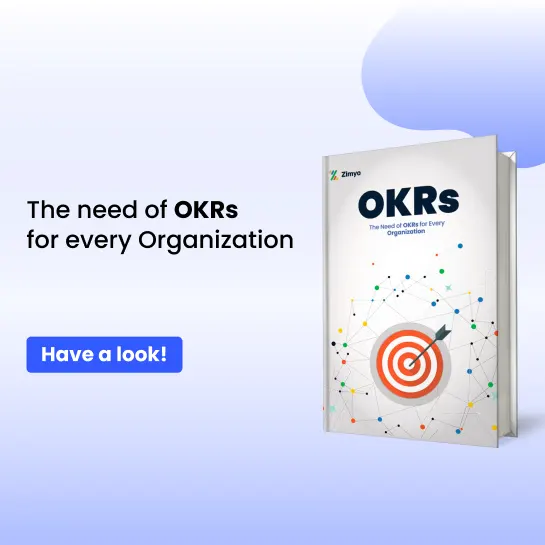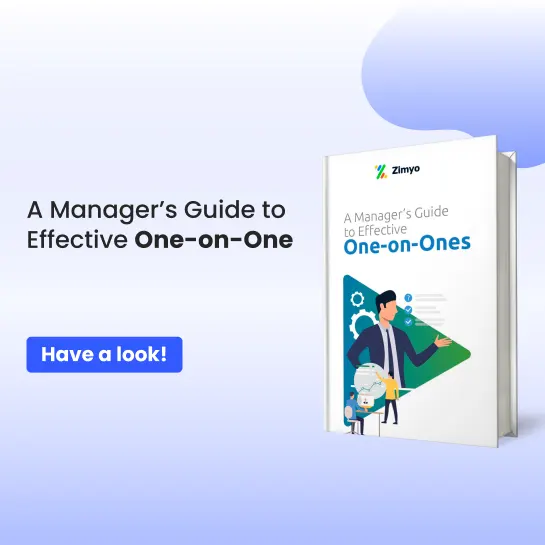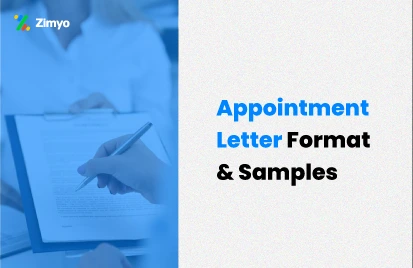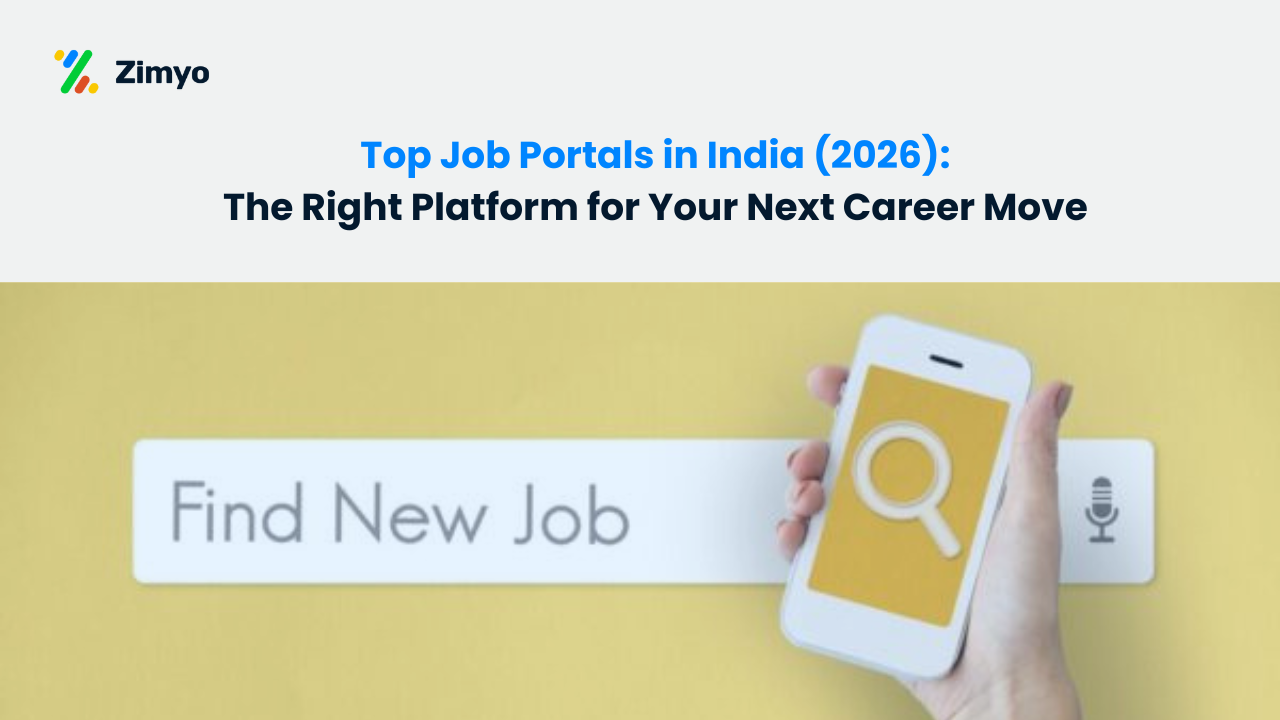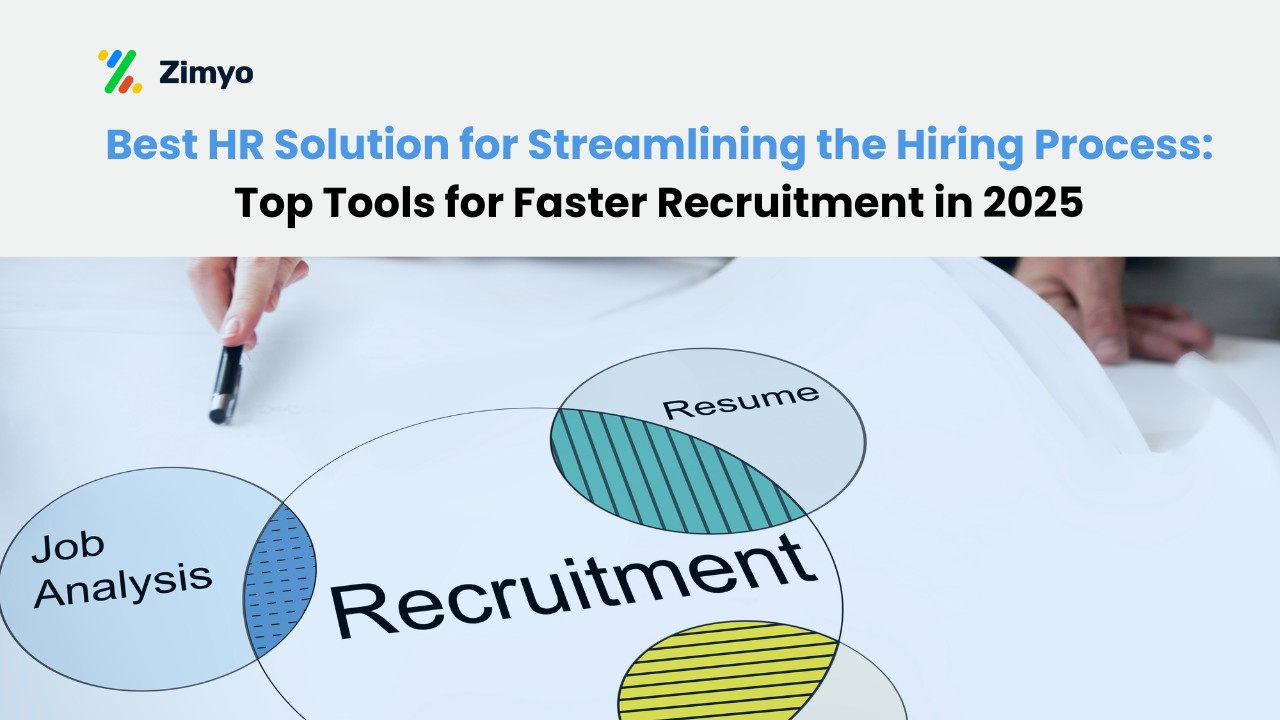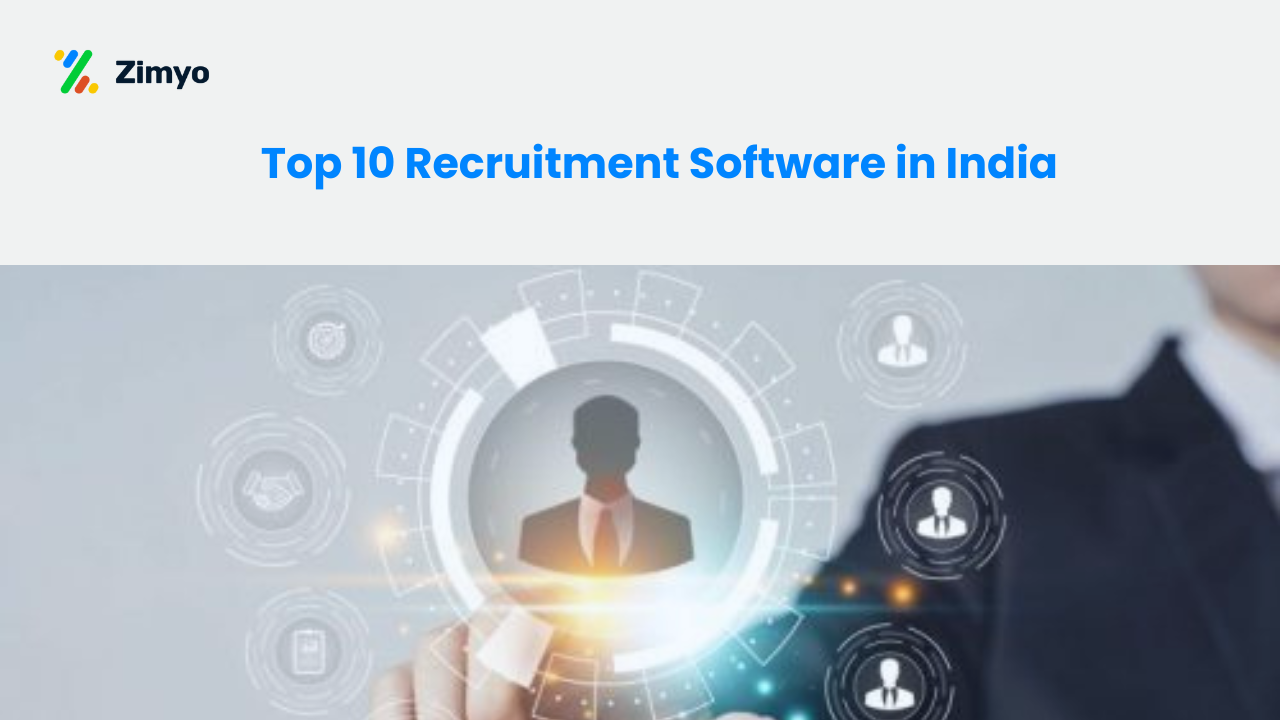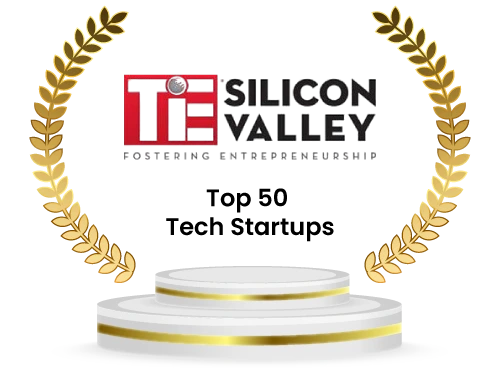Introduction
In 2025, the employee onboarding process is no longer just about documents and formalities. It’s the very first impression your company makes on a new employee.
- A smooth onboarding process can improve employee retention by 82%.
- A poor onboarding experience can make 17% of new hires quit within 90 days.
So, onboarding is not optional. It must be warm, clear, and well organized. Let’s walk you through the modern 6-step onboarding process, each designed to build comfort, clarity, and connection from day one.
What is Onboarding?
Onboarding is the process of welcoming and guiding a new employee when they join a company. It includes everything from paperwork, training, and introductions to helping them understand their job role and company culture. Onboarding usually starts before the first day (called pre-onboarding) and continues for the first few weeks or months, depending on the company.
A good onboarding process helps new hires feel comfortable, confident, and ready to work. It makes their transition smooth, reduces confusion, and builds a strong connection with the team. With the help of modern onboarding tools and employee onboarding software, companies can make this journey faster, more engaging, and stress-free for both employees and HR teams.
What is Employee Onboarding?
Employee onboarding is the structured process of helping a new employee adjust to their new role, team, and workplace. It involves everything from completing formalities like document submission to learning about company policies, tools, goals, and values. The goal is to make the employee feel welcomed, informed, and ready to contribute from the very beginning.
A strong employee onboarding experience builds trust, boosts productivity, and reduces early turnover. It goes beyond just paperwork—it’s about helping the new hire feel like they belong. By using tools like employee onboarding software, HR teams can create personalized journeys that guide employees step by step, making them feel valued and supported throughout their first days and beyond.
Step-by-Step Guide to Employee Onboarding Process

Step 1: Pre Onboarding Process – Start Before Day One
What is Pre Onboarding Process?
The pre onboarding process starts before the employee officially joins. It includes everything you do to prepare them.
Detailed Tasks During Pre Onboarding Process
- Send a Welcome Email/Video: This sets the tone. Add a friendly message from the CEO or their future team.
- Share Important Resources: Email them the employee handbook, role expectations, or a short “Day 1” guide.
- Set Up Accounts: IT can create their email ID, employee profile, and tool logins (like Slack, HRMS, LMS).
- Deliver Welcome Kit: A small kit with a diary, coffee mug, pen, or company product creates excitement.
Why this matters:
It reduces first-day stress and builds early trust. Glassdoor says pre-boarding can increase productivity by 70%.
Example:
A design company sends a welcome video + a Spotify playlist made by team members. The pre onboarding process makes them feel included even before walking in.
Step 2: First Day – Make It Simple, Tech-Ready & Friendly
How do things move on the first day?
This is the new hire’s very first workday. The onboarding experience must avoid confusion or long waiting times.
Detailed Tasks of the First Day:
- Set Up Devices in Advance: Make sure their laptop, email, and tools are working.
- Give a Virtual/Office Tour: Help them know where things are (physically or online).
- Share the Org Chart: Let them see who’s who in the company.
- Assign a Buddy: A team buddy can answer small questions, chat casually, and reduce nervousness.
- Welcome Call/Meet: HR or the reporting manager should introduce the day’s plan in a short, cheerful meeting.
Why is this crucial?
Structured new employee orientation on Day 1 makes new hires 3.5x more likely to say onboarding was great.
Example:
A remote-first company sends a Day 1 checklist on their HRMS with meeting links, tool tips, and a welcome video. This approach upgrades new employee orientation into something exciting, not overwhelming.
Step 3: Week One – Train, Engage, and Connect

Laying the Foundational Groundwork
The first week is when the employee starts to understand their role, tools, and team. This phase is central to a strong onboarding process.
Detailed Tasks for the First Week:
- Schedule 1:1s with Key Team Members: Let them meet people they’ll work with regularly.
- Assign a Small Project: Start with a mini task that helps them contribute without pressure.
- Explain Performance Goals: Make 30-day expectations very clear.
- LMS Access: Give login to the company’s learning portal for self-paced courses.
- Casual Team Meet: Host a team lunch or fun game to build relationships.
Why is this week crucial?
Organizations with strong week-one onboarding programs see 50% better productivity early on.
Example:
A sales team introduces quiz-based training. The new hire earns points and appears on a leaderboard. This week is more about making the onboarding journey both fun and educational.
Step 4: First Month – Build Routine & Confidence
Gearing Up and Building Momentum
This month is about giving the new hire independence while continuing support. It’s the transition from orientation to real performance, still part of the employee onboarding cycle.
Detailed Tasks for the First Month:
- Weekly Manager Check-Ins: Keep short calls to review progress, questions, and motivation.
- Slack/Community Access: Let them join interest-based groups, like “Fitness Friday” or “Book Club”.
- First Project Presentation: Have them present their work or learnings to build confidence.
- Ask for Feedback: A simple survey asking, “What worked well?” or “What was confusing?” shows you care.
Why does the first month matter a lot?
Employees who feel supported in their first month are 18 times more likely to stay longer.
Example:
A new designer shares their UI ideas during a Friday showcase. This makes the onboarding experience feel like a smooth ramp-up, not a test.
Step 5: 60–90 Days – Measure Growth, Deepen Belonging

Active Period Begins!
At this point in the employee onboarding process, the employee should be settled and actively contributing.
Detailed Tasks for the First 90 Days:
- First Performance Review: Review their work, collaboration, and next steps.
- Feedback on Onboarding: Ask what can be improved in your process.
- Offer Growth Paths: Share learning budgets or future project opportunities.
- Company Involvement: Encourage joining events, hackathons, or CSR projects.
Why do these 90 days matter a lot?
Ongoing support beyond onboarding improves retention. People with growth opportunities are 40% more likely to stay 3+ years.
Example:
A new HR executive is invited to co-lead a wellness campaign beyond their job role. That’s when you know onboarding has turned into ownership.
Step 6: 6-Month Mark – Celebrate & Plan Ahead
Success Consolidated!
This is when the structured employee onboarding phase ends, but long-term engagement continues.
Detailed Tasks in the First 6 Months:
- Celebrate Milestones: 100 days, 6 months, acknowledge them in small but meaningful ways.
- Career Conversation: Discuss interests, long-term goals, and growth plans.
- Reward Wins: Appreciate their first major success or client praise.
- Reflect as a Team: Ask the manager and peers to give feedback and support.
Importance of the first 6 months:
Employees who feel celebrated are 23% more engaged, according to Gallup.
Example:
An internal newsletter features the employee’s onboarding journey and a thank-you message from their manager. It’s the perfect way to wrap up the onboarding process and spark loyalty.
Benefits of the Employee Onboarding Process
A well-structured employee onboarding process offers several key benefits that impact both the new hire and the organization.
- Higher Retention Rates
A smooth onboarding experience significantly increases employee retention. According to studies, employees who have a positive onboarding experience are 82% more likely to stay with the company long-term. This reduces turnover costs and helps maintain a stable workforce. - Boosts Productivity
A clear and organized onboarding process helps new employees get up to speed faster, enabling them to be productive sooner. Studies show that effective onboarding can improve new hire productivity by over 70%, allowing them to contribute meaningfully within their first few weeks. - Improved Employee Engagement
Onboarding is an opportunity to introduce employees to company culture, values, and expectations. Engaged employees are more motivated, perform better, and are more likely to become long-term contributors. Companies with strong onboarding programs report 54% higher employee engagement. - Faster Integration into the Team
When new hires are introduced to the team, company culture, and tools early on, they feel more comfortable and confident in their role. This faster integration leads to better collaboration and communication within the team, enhancing overall performance. - Reduced Stress and Anxiety for New Hires
Onboarding helps eliminate confusion and uncertainty, making the transition smoother. When employees understand their role, the company’s processes, and the tools they will use, it reduces their stress and helps them feel confident and settled. - Supports Organizational Growth
A well-planned onboarding process also aligns new hires with the company’s goals and values. This ensures that everyone is on the same page, fostering a cohesive work environment and helping the organization grow efficiently.
By investing in a strong employee onboarding process, companies set themselves up for long-term success, both in terms of productivity and employee satisfaction.
Bonus: Tech Tools That Power Modern Onboarding Process
In 2025, digital tools play a major role in making onboarding efficient, engaging, and easy to track.
Tool | Purpose | What It Solves |
HRMS | Tracks tasks, documents, and timelines | Reduces 60% of HR’s manual load |
LMS | Offers structured, interactive training | Increases learning retention by 40% |
E-signatures | Allows remote signing of contracts/policies | Speeds up joining process, eco-friendly |
Chatbots | Answers FAQs anytime | Supports self-service, saves time |
Onboarding Dashboards | Monitors progress and engagement | Helps improve the onboarding process with data |
Conclusion
In 2025, employees, especially Gen Zs, want more than just a job.
They want a sense of belonging, purpose, and direction from the beginning.
When your onboarding process is:
- Well-planned
- Tech-supported
- Human at heart
…you turn nervous newcomers into loyal performers.
Start strong. Stay thoughtful. And keep improving always.
Because great employee onboarding doesn’t just welcome new hires, it wins their hearts.
Want to Upgrade Your Onboarding Process?
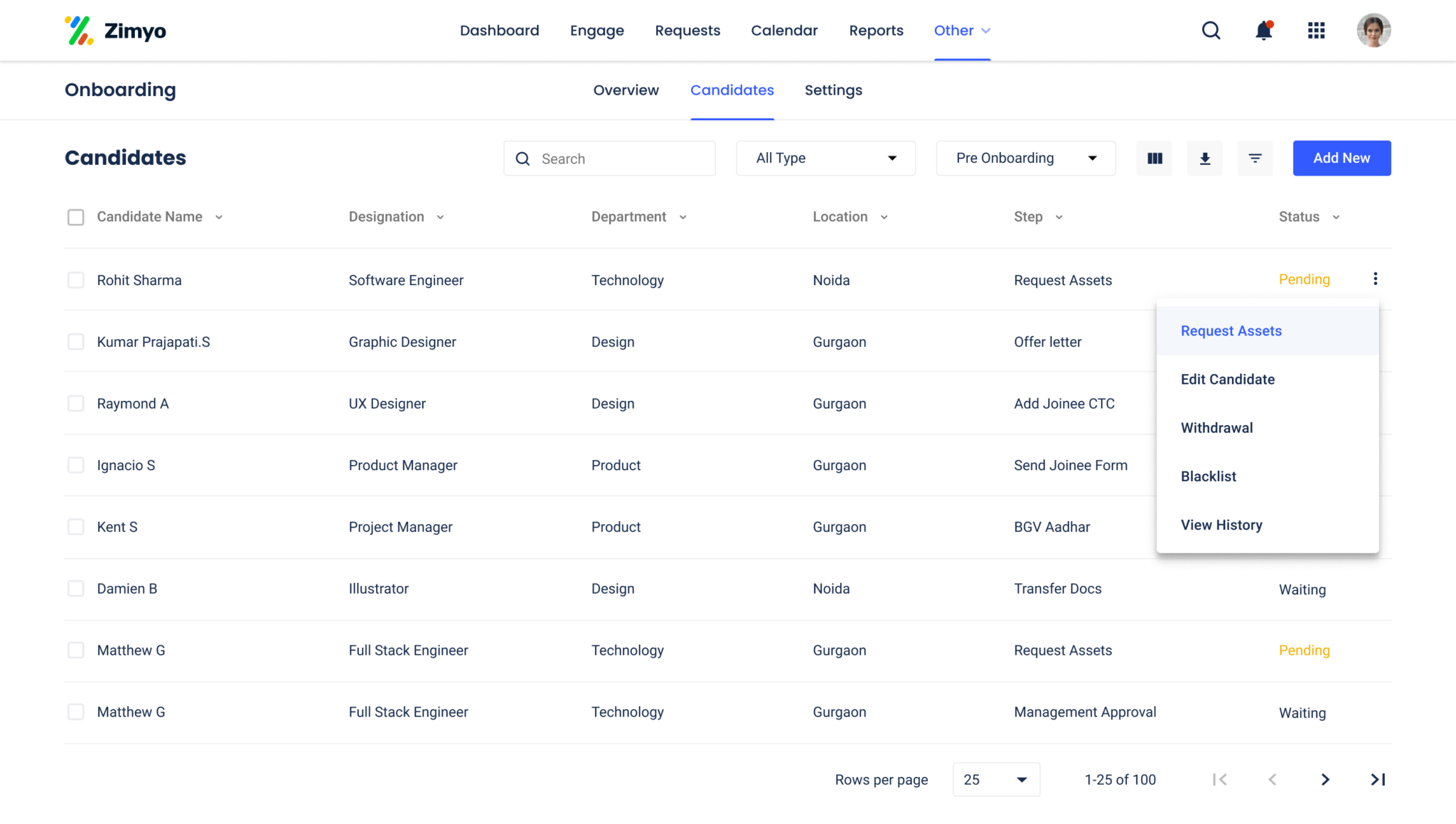
In today’s fast-paced work culture, a great onboarding process needs the right tech to back it up and that’s where Zimyo Employee Onboarding Software comes in. Designed to shape a powerful first impression, Zimyo helps HR teams create easy, paperless, and personalized onboarding journeys.
From pre onboarding to post-joining engagement, Zimyo’s intuitive onboarding software offers everything you need, customized workflows, candidate Live Dashboard views, background verification, e-joinee forms, and detailed analytics… everything in one place.
With powerful onboarding tools like automated profile creation, e-signatures, onboarding kits, and real-time dashboards, you can increase the productivity of the new hire by over 70% and improve engagement by 82%.
Provide your team with smart data, eliminate human errors, and give your new employees the warm, digital welcome they deserve, only with Zimyo employee onboarding software.
Schedule a demo today and reimagine onboarding the modern way.
Frequently Asked Questions (FAQs)
What is the employee onboarding process?
The employee onboarding process is the step-by-step journey of helping a new hire adjust to their role, team, and company. It starts from pre-joining tasks like document submission and continues through training, introductions, and role clarity. The goal is to make the employee feel welcomed, informed, and ready to contribute—quickly and confidently.
What are the 5 C's of employee onboarding?
The 5 C’s of employee onboarding are:
Compliance – Teaching rules, policies, and legal requirements.
Clarification – Explaining the job role and expectations clearly.
Culture – Introducing the company’s values, mission, and work style.
Connection – Helping new hires build relationships with teammates.
Checkback – Following up to offer support and track progress.
These 5 C’s ensure a smooth, engaging, and complete onboarding experience.
What are the four stages of the onboarding process?
The four stages of the onboarding process are:
Pre-Onboarding – Begins after offer acceptance; includes paperwork, introductions, and preparation.
First Day Orientation – Covers company overview, role briefing, and basic setup.
Training & Integration – Involves skill training, team bonding, and starting real tasks.
Ongoing Support – Regular check-ins, feedback, and performance reviews to ensure long-term success.
These stages help new employees settle in, grow, and thrive in their role.

